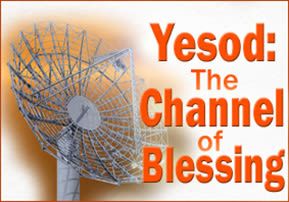
Yesod: The Channel of Blessing
Through the teachings of Rabbi Shimon Bar Yochai and his disciples, who were great Torah scholars in their own right, the Zohar reveals the spiritual blueprint...

Through the teachings of Rabbi Shimon Bar Yochai and his disciples, who were great Torah scholars in their own right, the Zohar reveals the spiritual blueprint at work behind the narratives and commandments of the Torah.
While many passages in the Zohar are understandable on their surface level, the language of the Zohar is filled with codes that refer to the spiritual world of the sefirot. The Zohar itself warns:
Rabbi Shimon said: Woe to the man who says that the Torah comes to teach tales of this world and to speak about ordinary affairs. If that were so, even today, we could create a Torah dealing with ordinary matters that would be far superior. If it comes merely to explain the matters of this world, even the princes of the world have more advanced things to say. If so, we should follow after them and compose a Torah from their teachings! But this is not the case. For all the words of the Torah are concerned with exalted matters and celestial secrets…
Thus, the stories of the Torah are only her worldly garments, and whoever thinks that this worldly attire is the Torah itself, and not something deeper, may his soul be obliterated – he will have no portion in the world to come. For this reason, David said, “Open mine eyes, that I may see the wonders of Your Torah,” (Tehillim, 119:18,) meaning the things that are beneath the Torah’s worldly garment. Zohar, Bamidbar 152b)
In order that the reader may more deeply comprehend the selections from the Zohar in this study, it is necessary to present a brief and very basic explanation of the sefirot.
It is widely known that the spiritual blueprint of the world is comprised of sefirot that serve as channels of Divine illumination. Through these ten channels of Divine blessing, the Holy One Blessed Be He manifests Himself in this world.
In a sense, the sefirot act as filters, allowing G-d’s illumination to appear in the world without overwhelming it. The higher sefirot are called Keter, Chochmah, and Binah. The lower sefirot are Chesed, Gevurah, Tiferet, Nezach, Hod, Yesod, and Malchut.
The Zohar rarely mentions the sefirot by name. Rather it speaks in codes. For example, Avraham Avinu is associated with the sefirah of Chesed, Yitzhak with Gevurah, and Yaacov with Tiferet. Through the teachings of Rabbi Shimon Bar Yochai and his disciples, who were great Torah scholars in their own right, the Zohar reveals the spiritual blueprint at work behind the narratives and commandments of the Torah.
To help us understand the system, let us imagine that the lower sefirot are aligned in the form of a funnel. The main body of the funnel comprises the sefirot of Chesed, Gevurah, Tiferet, Nezach, and Hod. The spout of the funnel, is the Yesod, the channel through which all of the sefirot must pass in order to appear in our manifest world of Malchut.
From this illustration, it follows that if the spout of the funnel, the Yesod, is blocked up because of our sins, then the Divine illumination from Above cannot pass down to our world.
In the language of the Zohar, this damage to the spout of the funnel causes the “upper river” to dry up. Because of this, our world of Malchut is not watered with Divine illumination or shefa. This drying up of the shefa brings about destruction (chorban) and exile (galut.)
Concurrently, when the channel of the Yesod is blocked up because of our transgressions, then our prayers, Torah study, and good deeds cannot ascend to the higher spiritual worlds. Not being able to enter the spout and properly rise up the funnel of the sefirot, our prayers and good deeds are cast away into the realm of the Other Side, the realm of the forces of darkness and impurity outside of the funnel.
To be continued.
***
(Secret of the Brit is reprinted with kind permission of JewishSexuality.com. Tzvi Fishman was awarded the Israel Ministry of Education Prize for Creativity and Jewish Culture. His books on Judaism and Jewish themes include: “Tuvia in the Promised Land,” “Days of Mashiach,” “The Kuzari For Young Readers,” and four books on the teachings of Rabbi Kook, “Torat Eretz Yisrael,” “War and Peace,” “The Art of T’shuva,” and “Lights on Orot,” co-written with Rabbi David Samson)




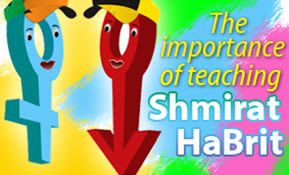

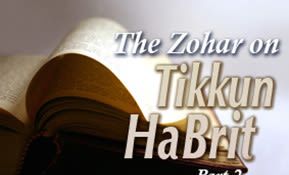
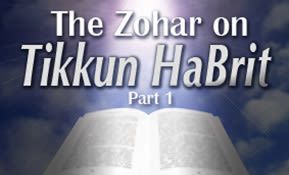
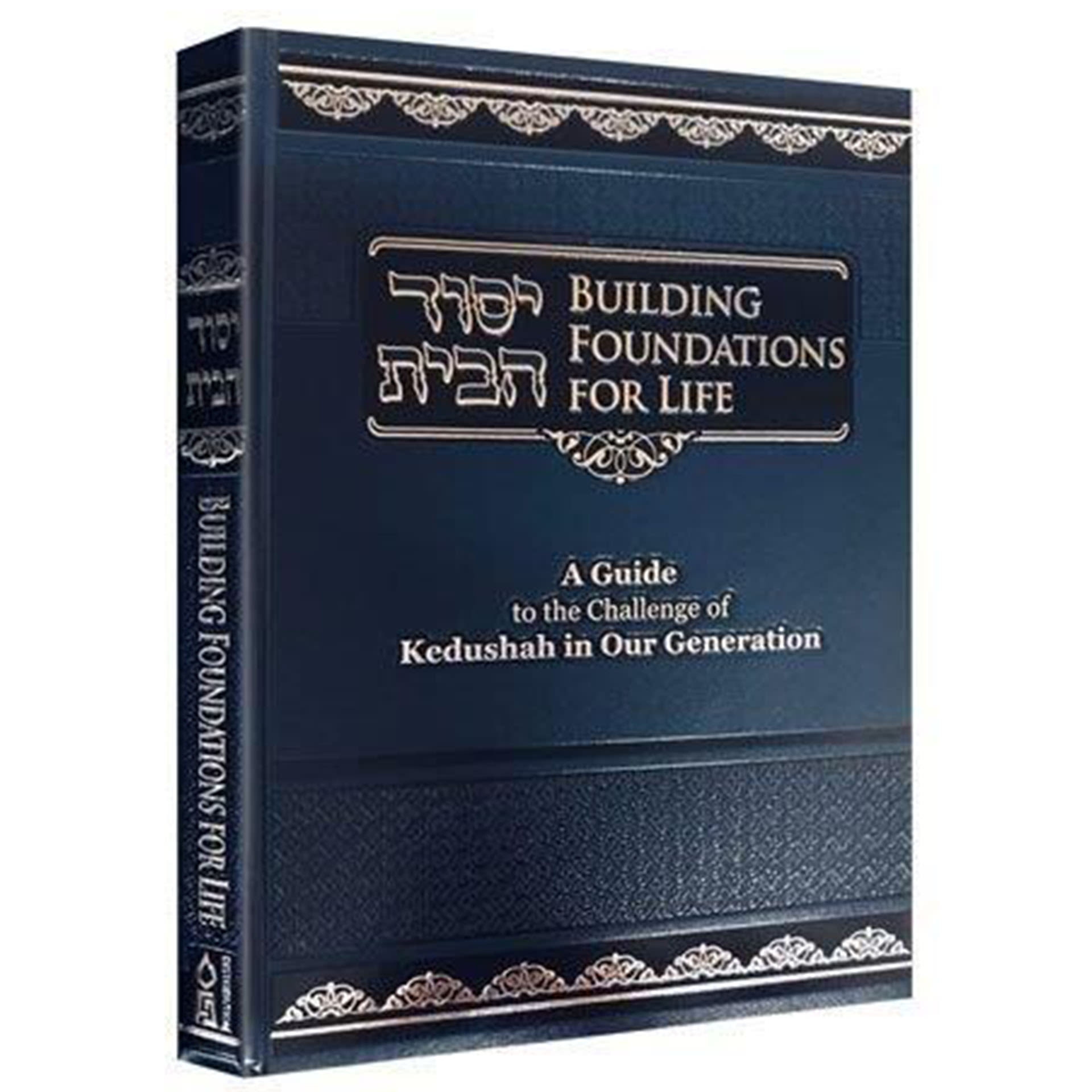

Tell us what you think!
Thank you for your comment!
It will be published after approval by the Editor.